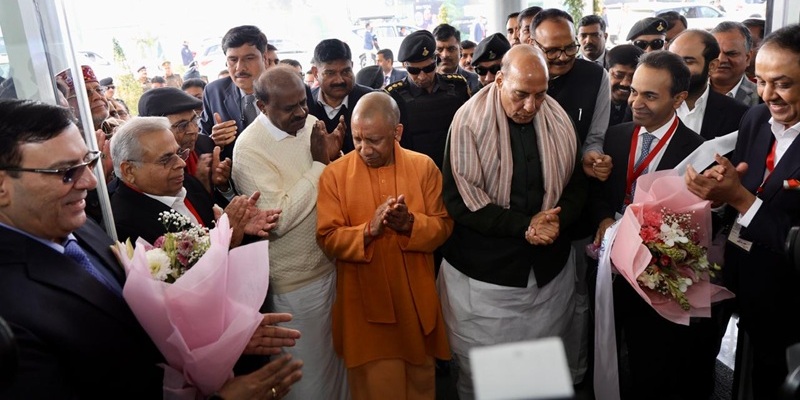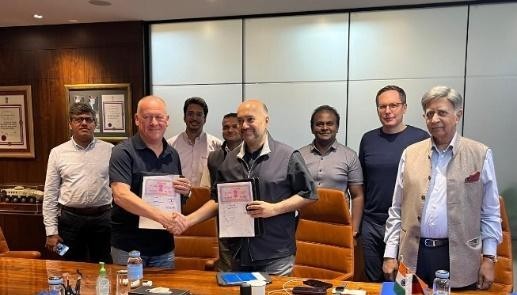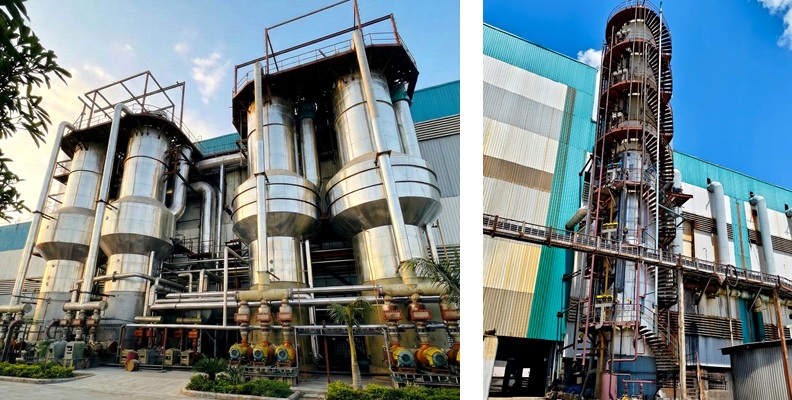Schedule a Call Back
Budget 2022 - Economic Survey: Industrial sector to expand 11.8% in 2021-22
 Industry News
Industry News- Feb 01,22
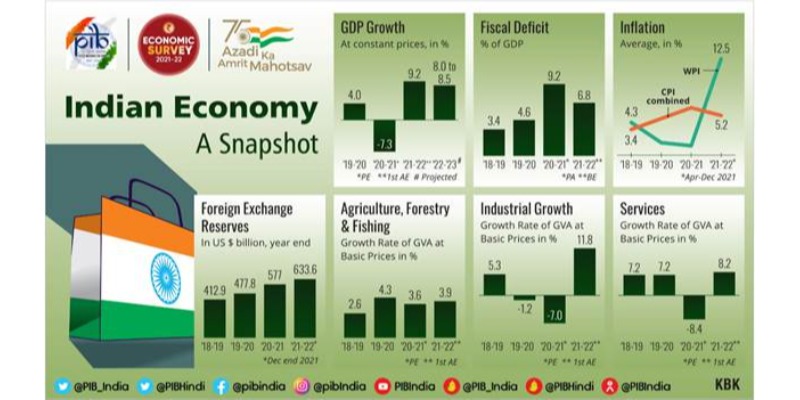
Related Stories

EFTA Commits $100 Billion Investment in India: Goyal
Goyal says EFTA to invest $100 billion in India’s innovation and manufacturing.
Read more
India’s GDP Rises 8.2% in Q2 FY26 as Manufacturing Recovers
Economists lift forecasts as manufacturing and services drive strong GDP growth.
Read more
How trade wars and geopolitics are reshaping India’s growth story
India’s journey through the turbulence of trade wars and geopolitical conflicts is as much about resilience as it is about ambition. Rahul Bhandurge, Director - Sales & Business Development, BDB I..
Read moreRelated Products
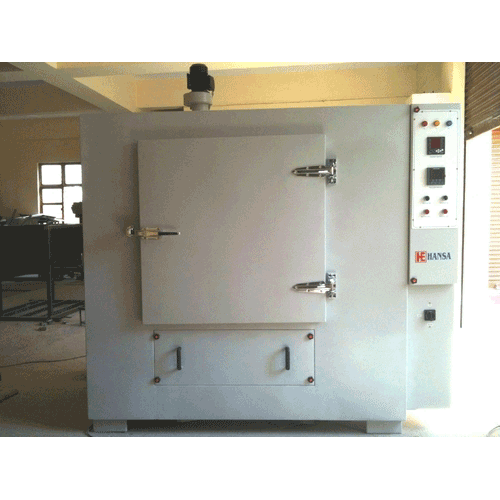
Heavy Industrial Ovens
Hansa Enterprises offers a wide range of heavy industrial ovens.
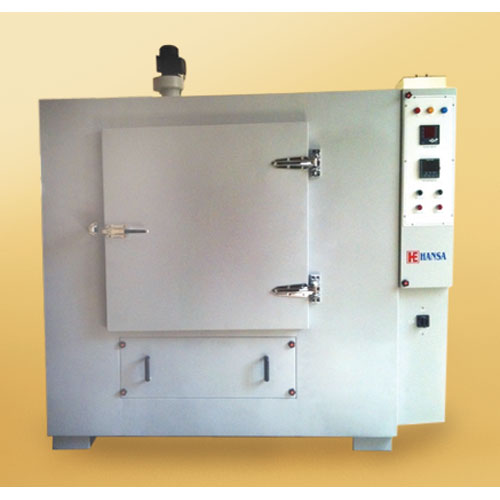
High Quality Industrial Ovens
Hansa Enterprises offers a wide range of high quality industrial ovens. Read more
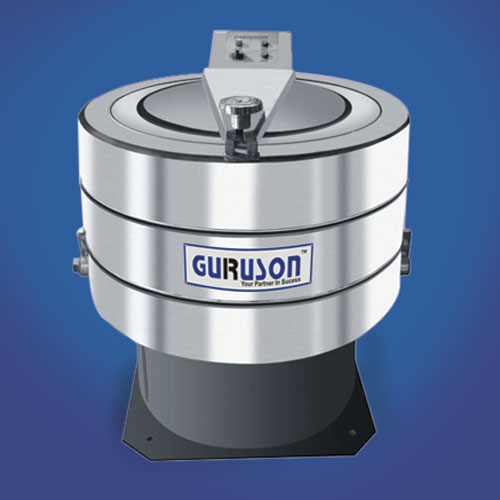
Hydro Extractor
Guruson International offers a wide range of cone hydro extractor. Read more





